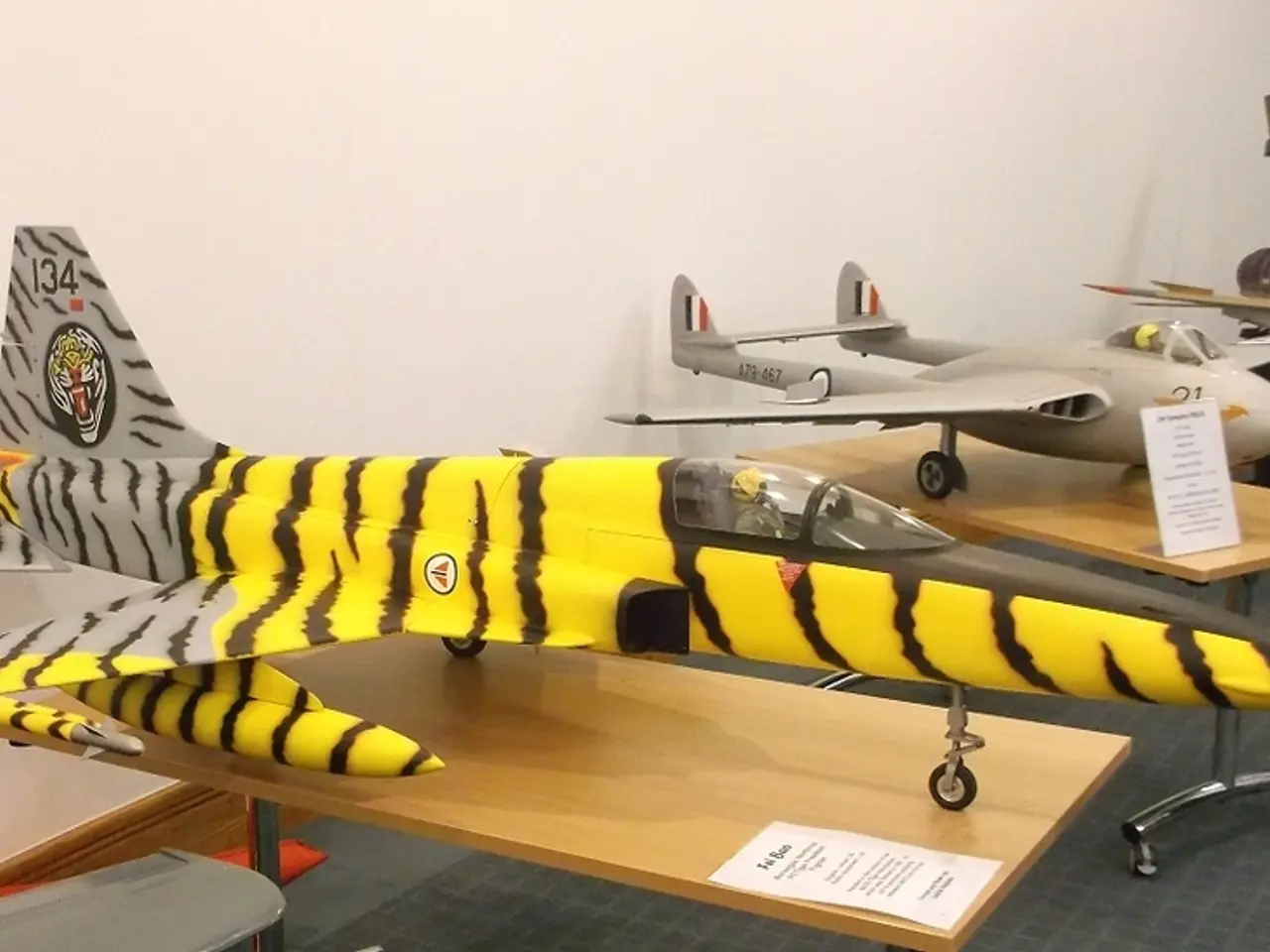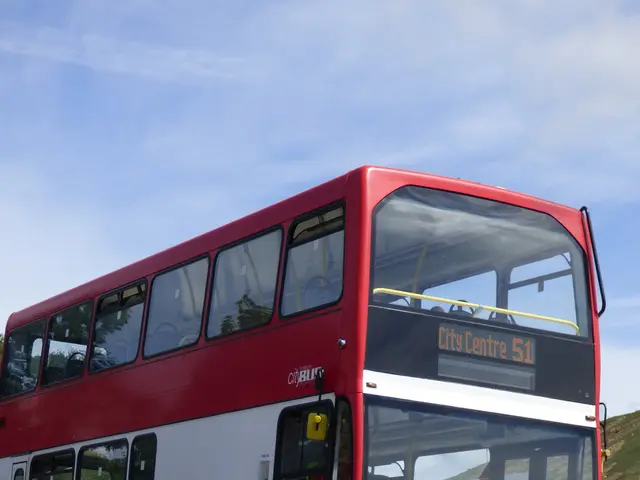Air India Express will start a renovation project, focusing on their Boeing 737-8 aircraft, by the end of the year.
Air India Express, a significant player in the aviation market, has announced a cabin retrofit program for its Boeing 737-8 fleet. The move is aimed at standardizing aircraft seating across the fleet, a strategy that has been proven to benefit low-cost carriers.
The benefits of this standardization are numerous. Operational efficiency and cost savings are expected to be significant, as uniform seat types and configurations simplify maintenance, spare parts inventory, and cleaning procedures. This consistency will also enhance the passenger experience, making the journey more predictable and satisfying, with standard seating, amenities, and cabin layouts.
Simplified crew training and service delivery are another advantage. With a standard setup, cabin crews will find it easier to adapt, streamlining operations and improving service delivery. Improved turnaround times are also on the horizon, as uniform interiors speed up boarding, cleaning, and configuration changes.
The potential to negotiate better supplier contracts due to higher volume orders of standardized seats and cabin equipment is another incentive for the retrofit program.
However, the challenges involved in such standardization are not insignificant. High upfront capital expenditure is one such challenge, as demonstrated by Air India’s $400 million investment in its Boeing 787-8 retrofit programme. Fleet downtime and service disruptions are another concern, as was the case with Air India, which suspended some routes due to temporary aircraft unavailability during retrofit work.
Supply chain constraints and delays can also impact rollout schedules and planned specifications, as experienced by Air India, which delayed some upgrades due to parts availability. Balancing standardization with market demands is another challenge, particularly when offering differentiated classes while maintaining a standardized approach requires careful planning and compromises.
Updating cabin standards amid evolving passenger expectations and regulations demands flexibility even within standardized designs, complicating the retrofit programme.
Despite these challenges, Air India Express is committed to the retrofit program. Once all the aircraft are refitted with one kind of economy class seat, the airline will be able to offer quicker services and a unified product. The move is intended to improve operational efficiency, reduce costs, and minimize delays.
The retrofit program does not currently involve any changes to the business class seating configuration. The initiative will result in all aircraft being fitted with a single type of economy class seat. The airline's fleet, comprising of 76 Boeing 737s and 40 Airbus A320s, will remain unchanged, with the standardization of aircraft seating only applying to the Boeing 737-8 fleet.
The move is expected to enhance scheduling flexibility, allowing the airline to deploy aircraft more efficiently across its network. Operational simplicity also translates into lower training costs for cabin and ground staff. The benefits of the retrofit are expected to outweigh the short-term challenges.
The Tata Group-promoted airline will commence the cabin retrofit program by the end of the year. The standardized aircraft layout will streamline crew operations and simplify maintenance procedures. The airline operates over 500 daily flights, connecting 41 domestic and 17 international airports, and the retrofit program does not affect its daily flight operations or the number of airports it connects.
The aircraft were originally built for other airlines, including Chinese carriers, but were never delivered. The program aims to standardize aircraft seating across the Boeing 737-8 fleet. The retrofit program does require significant investment and careful execution to ensure minimal disruption to the carrier’s operations during the transition.
In conclusion, Air India Express's cabin retrofit programme for its Boeing 737-8 fleet is a strategic move aimed at improving operational efficiency, reducing costs, and enhancing the passenger experience consistently across its fleet. While the challenges are significant, the benefits are expected to outweigh them, making this an exciting development for the airline and its customers.
[1] https://www.airlinetech.net/news/air-india-to-retrofit-boeing-787-dreamliners-with-new-cabins-and-interiors-45583 [2] https://www.airlinetech.net/news/air-india-delays-some-787-retrofit-work-due-to-parts-availability-45614 [3] https://www.airlinetech.net/news/air-india-suspends-some-routes-due-to-temporary-aircraft-unavailability-45588
- The standardization of aircraft seating across Air India Express's Boeing 737-8 fleet is expected to lead to significant operational efficiency and cost savings, as simplified maintenance, spare parts inventory, and cleaning procedures become more manageable.
- The improved passenger experience is another anticipated advantage, with standard seating, amenities, and cabin layouts ensuring a more predictable and satisfying journey.
- Simplified crew training and service delivery are also expected benefits, as a standard setup streamlines operations and improves service delivery, contributing to quicker turnaround times.
- Higher volume orders of standardized seats and cabin equipment could potentially lead to better supplier contracts, providing another incentive for the retrofit program.
- However, high upfront capital expenditure, challenges related to fleet downtime and service disruptions, supply chain constraints, balancing standardization with market demands, and updates to comply with evolving passenger expectations and regulations pose significant challenges to the implementation of the retrofit program.








